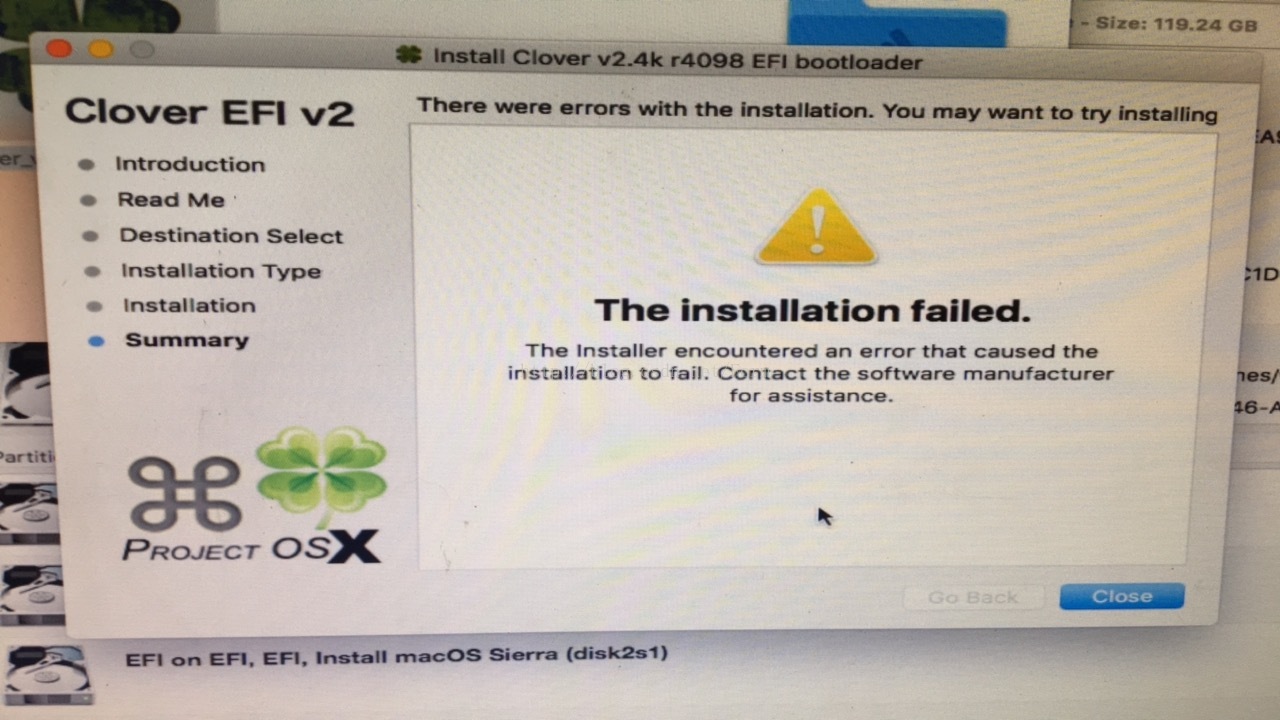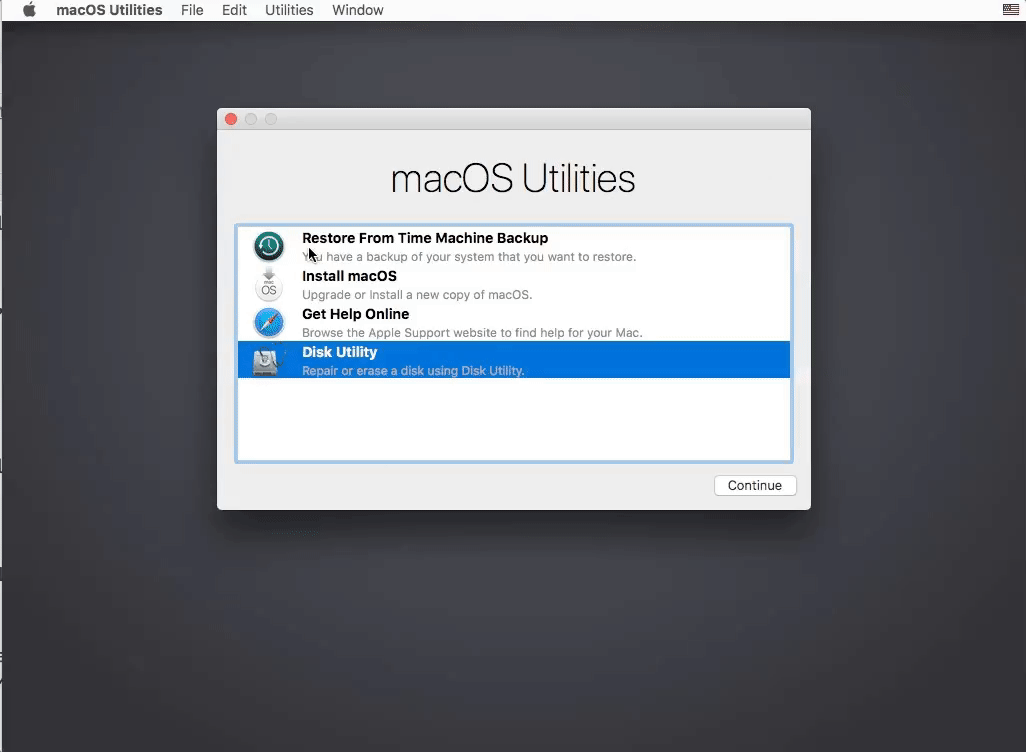

- #CLOVER EFI FOR MAC OS SIERRA MAC OS X#
- #CLOVER EFI FOR MAC OS SIERRA INSTALL#
- #CLOVER EFI FOR MAC OS SIERRA WINDOWS 10#
- #CLOVER EFI FOR MAC OS SIERRA PLUS#
- #CLOVER EFI FOR MAC OS SIERRA DOWNLOAD#

I am sorry if the guide seems too simple or small. Audio should work fine with the patch/kext used in 10.10 & 10.11, if not, use AppleHDA Patcher.app ( …/fil…/file/496-applehda-patcher/).
#CLOVER EFI FOR MAC OS SIERRA INSTALL#
This time, installer will install files to your target partition and create Recovery HD partition. Install screen will appear and continue installation.Clover bootloader screen shows up, select "install_osx" as you did in step #2 (your OS X Installer partition, not your install target partition).Restart and again boot to your USB as you did in step 1.This takes a lot of time at the end, though you only see "a minute remaining". The installer will extract necessary files to and verify them against the USB.
#CLOVER EFI FOR MAC OS SIERRA MAC OS X#
Install screen will appear, use Disk Utility to format your drive as GPT, create a Mac OS X Extended (Journaled) partition and install OS X to your formatted partition. Press spacebar (or plug in a USB keyboard) if a nagging screen about Mouse/keyboard appears.Verbose is a good idea when you're not certain if it is going to work. Note: You can press spacebar at this point to change how Clover boots OS X (verbose, without caches, etc). This is the partition on the USB you created earlier. Clover bootloader screen shows up, select "install_osx".The mechanism varies here, with most computers using one of the F1.F12 keys, Esc key, or (newer computers) have a dedicated power button for boot device selection, BIOS settings, etc. Plug the flashdrive to one of the USB ports.Enabling legacy boot/CSM generally tends to clear that problem. Note: If you get a "garbled" screen when booting the installer in UEFI mode, enable legacy boot and/or CSM in BIOS (but still boot UEFI). "boot from USB" or "boot from external" enabled "CSM" (compatibility support module) enabled or disabled (varies) "fast boot" (if available) should be disabled. "DEP" (data execution prevention) should be enabled for OS X "VT-d" (virtualization for directed i/o) should be disabled if possible (the ist includes dart=0 in case you can't do this) BIOS settingsIn order to boot the Clover from the USB, you should visit your BIOS settings:

Sudo diskutil rename "Install 10.12 Developer Preview" install_oxs Sudo "/Applications/Install 10.12 Developer Preview.app/Contents/Resources/createinstallmedia" -volume /Volumes/install_osx -applicationpath "/Applications/Install 10.12 Developer Preview.app" -nointeraction It is a single line, executed in Terminal: Use typical ‘createinstallmedia’ method:
#CLOVER EFI FOR MAC OS SIERRA DOWNLOAD#
Download macOS Sierra, mount the dmg file and copy the app to /Applications If you are using laptops, you may want to download a pre-build ist from here. Now use a ist based on your system configuration. Now put necessary kext(s) to the Other folder, such as: (Click on the link to download) An EFI partition will be mounted.Īfter that download HFSPlus.efi and copy it to the /EFI/EFI/CLOVER/drivers64UEFI.ĭelete all the folders from /EFI/EFI/CLOVER/kexts/ except the Other folder. Most systems will work without DataHubDxe-64.efi, but some may require it Check “OsxAptioFixDrv-64" from Drivers64UEFI Check “Bluemac” from Themes (the ist files I provided for laptops use this theme) Check “Install for UEFI booting only”, “Install Clover in the ESP” will automatically select Select “Customize” (the default is a legacy install - we need to change it) Select the target of the install to “install_osx” using ‘Change Install Location’
#CLOVER EFI FOR MAC OS SIERRA PLUS#
Initialized /dev/rdisk1s2 as a 7 GB case-insensitive HFS Plus volume with a 8192k journal Be careful with diskutil as you can lose data without a mechanism for recovery if you repartition the wrong disk.ĭiskutil partitionDisk /dev/disk1 1 GPT HFS+J "install_osx" Rįormatting disk1s2 as Mac OS Extended (Journaled) with name install_osx So I can see that the USB is at /dev/disk1.


 0 kommentar(er)
0 kommentar(er)
